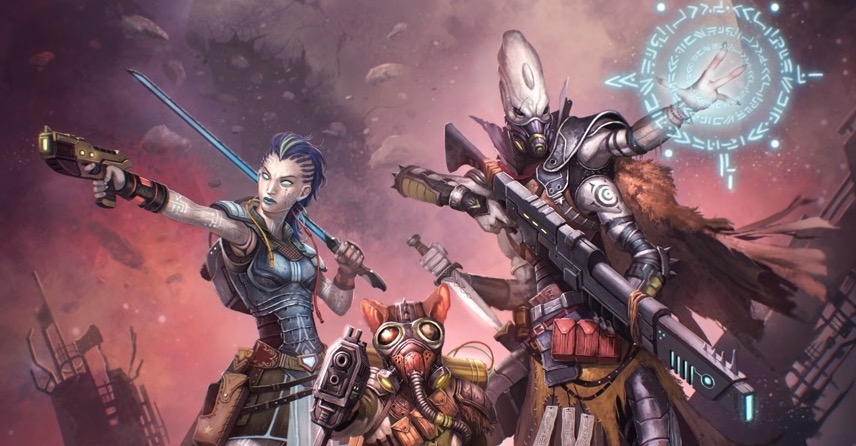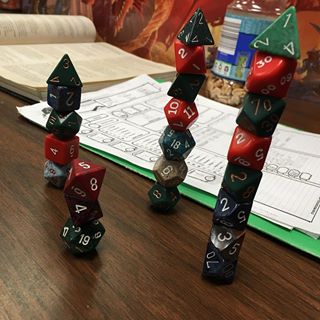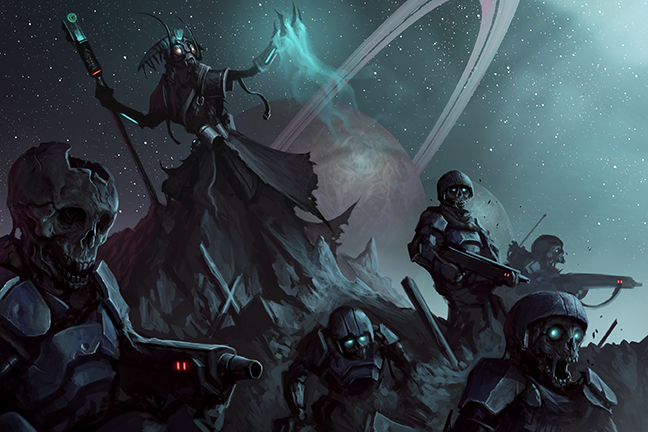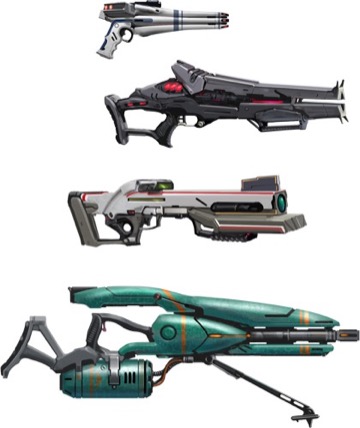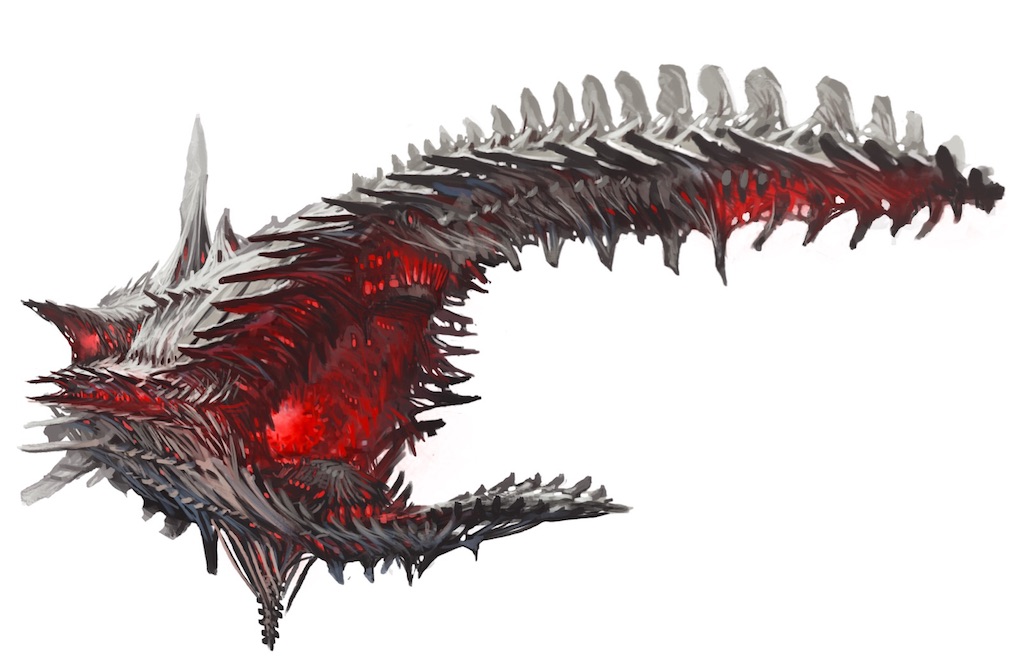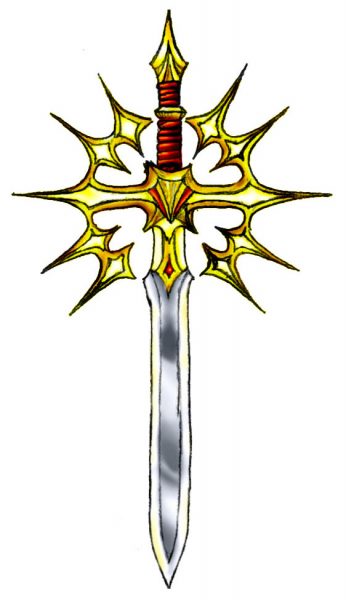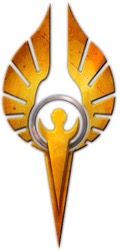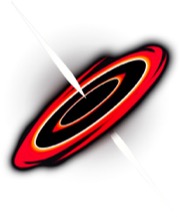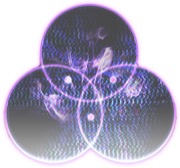Starfinder gets Gods n’ Guns – Roses Optional
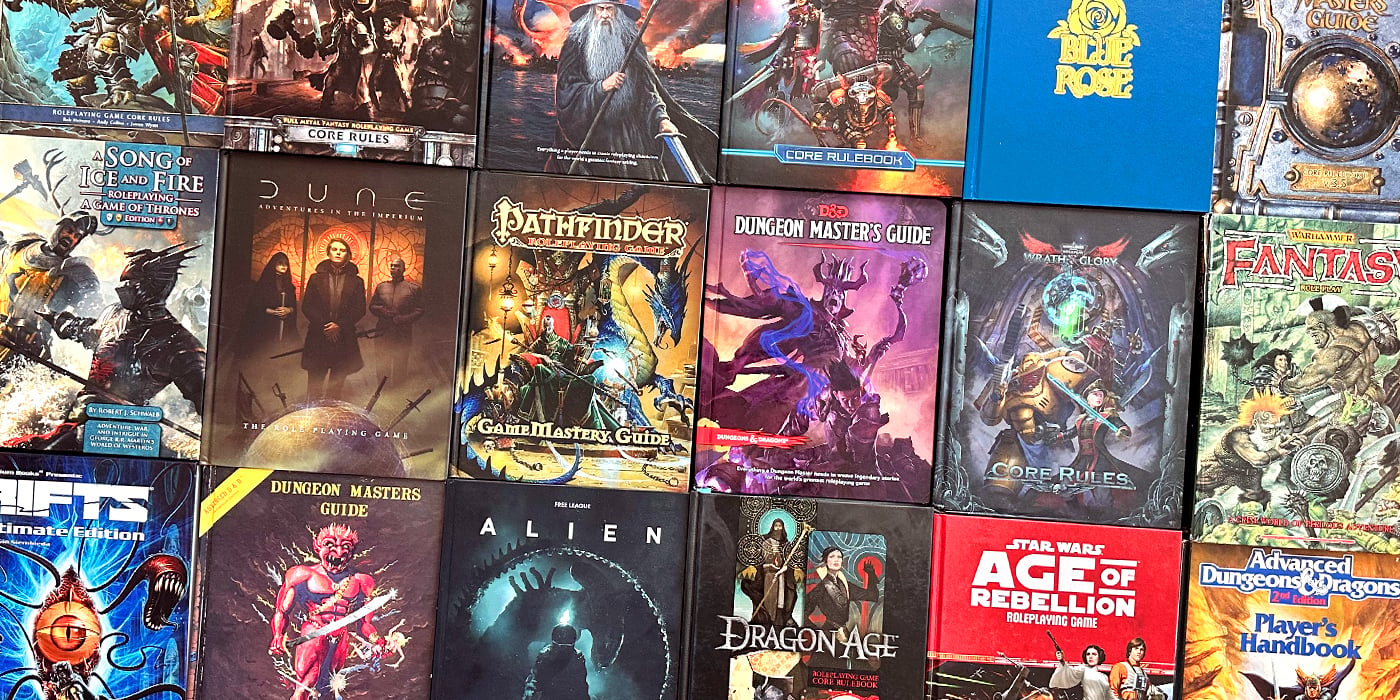

Starfinder’s putting on a tank top and selling tickets to the Gun Show. As Starfinder puts it–what you’ll see there is simply divine.
Starfinder is a game about space murderhobos. So this week, the updates are all about the tools of the trade. Read on for musings on missiles and missals with details on both weapons and divinity and their place in the Starfinder universe.
Let’s start with weapons. These are fairly straightforward–there’s a sort of universal feel to weapons in Pathfinder/Starfinder. Especially since the games are meant to be compatible. So if you thought that weapons would involve picking up one or more dice with 4, 6, 8, 10, or 12 sides and rolling them to determine how much damage you’ll do, then you are at the very least capable of object permanence and have definitely played at least one roleplaying game before.
Yes, this does mean that a laser does the same damage as a short sword–which leads to some wonderful cognitive dissonance. “I swing my blade with all the potency of a sci-fi future weapon,” is an interesting thought to wrap your head around. However, this is a super simplistic way of looking at it. We can’t escape the exigence of a game with levels and creatures that are supposed to scale and not kill everyone in the party on the first encounter. Gotta have something for the third encounter, after all.
That said, weapons (and armor) are a big part of how you define your character. And while they work similarly to weapons in Pathfinder, there are a few important differences. First off there’s item level, which is a determiner of how powerful a particular piece of equipment is (not a requirement to use the gear though). For instance, there’s the hailstorm-class zero rifle (which shoots cold damage) and the avalance-class zero rifle, which do 2d8 vs. 7d8 damage respectively.
As characters advance, they’ll have the money, and connections, to buy more and more powerful versions of their early weapons. To keep this process simple, every piece of equipment in the game has an item level. That level has no effect on who can use the equipment—if a 2nd-level soldier gets hold of an 18th-level banshee sonic rifle, there’s no reason he can’t use it to full effect—just as a 2nd-level fighter could use a +5 flaming keen vicious bastard sword in Pathfinder. But by giving every piece of equipment an item level, we can tie numerous rules—including hardness, Hit Points, save DCs, and item creation rules, to name just a few—to a single mechanic. Item level is also a useful baseline to help determine what gear a character has the licenses, connections, and trust to buy. While circumstances and GM fiat can make any adjustment desired, in general a player character in a major settlement is free to buy any gear with an item level up to his character level +2. This gives characters freedom to decide if they are going to focus on just a few pieces of key gear, or do their best to have a variety of slightly less-effective options available, without a GM having to spend a lot of time checking tables and making availability rolls.
In general, there’s no need to upgrade your weaponry at every level (though you certainly could if that was exciting for you), but over the course of a character’s career they are likely to buy better, more dangerous, more powerful versions of their weaponry. The azimuth laser pistol is 1st level, and does 1d4 damage with an 80 ft. range increment and the ability to set things on fire with critical hits. The next lowest level laser pistol presented in the Core Rulebook is the corona model at 6th level, which does 2d4 damage. Of course, a player might run into a number of other weapon options along the way, ranging from the static arc pistol at 2nd level to the thunderstrike sonic pistol at 4th level or the frostbite-class zero pistol at 5th level.
And all that’s not even touching how these weapons interact with feats, character abilities, archetype features, and magic–we know that you can pick up magic “infusions” that let you add a status effect (like immobilization) to a weapon. So picking the right loadout will be as much about being prepared for different situations as it will about throwing out the most damage. Your operative uses a sniper rifle, but might have a bunch of grenades or a one-shot rocket launcher for times when they need an impact more than precision, for instance.
And for those times when the rocket launcher isn’t enough–well that’s when they turn to prayer. But who will your Starfinder pray to? There are a few familiar (divine) faces.
Iomedae
LG goddess of honorable battle, humanity, justice, and valor
Subscribe to our newsletter!Get Tabletop, RPG & Pop Culture news delivered directly to your inbox.By subscribing you agree to our Terms of Use and Privacy Policy.Iomedae was once a mortal human on Golarion, and with that planet’s disappearance, she has become known as the Spirit of Golarion, the patron goddess of humanity.
Lao Shu Po
NE goddess of assassins, rats, spies, and thieves
Grandmother Rat is regarded as the patron deity of the ysoki—even if most ratfolk seek to placate Lao Shu Po rather than venerate her.
AdvertisementPharasma
N goddess of birth, death, fate, and prophecy
Every species that lives and dies worships the Lady of Graves to some extent, because no matter where in the universe a sentient creature dies, its soul travels to the Boneyard to be judged by Pharasma.
Sarenrae
NG goddess of healing, redemption, and the sun
The Dawnflower is generally seen as the goddess of the Pact Worlds’ sun in particular (sometimes called the Dawnflower’s Star in her honor), though Sarenrae draws her power from suns across the universe.
Zon-Kuthon
LE god of darkness, envy, loss, and pain
Zon-Kuthon’s priests seek to pierce the veil of the Great Beyond and expose themselves to what lies there, hoping to achieve the same apotheosis that ages ago transformed their deity into the Midnight Lord.
Advertisement
So some classiv favorites with a few different flavors to them, reflecting the changes to Golarion…but then there are a few new faces as well.
The Devourer, The Star-Eater
CE god of black holes, destruction, and supernovas
Eons ago, the Material Plane sprang into existence in an instant, and someday it will end just as abruptly, as all creation ceases to exist. The Devourer seeks to hasten this inevitable end and unmake the entire plane, eradicating all matter and energy until nothing remains, not even the Devourer itself. Every machine that breaks, every living thing that dies, every star that goes supernova, every photon sucked into a black hole, every galaxy that goes dark—all these and more are said to be the handiwork of the Devourer.
The Devourer has no name, no form, no being. It is less a god than a primal force of the universe—an embodiment of malicious entropy, concerned only with the obliteration of all reality. Heedless of the meaningless existence of life in all its myriad forms, it cannot be reasoned with, delayed, or halted, and it largely ignores the pleas and prayers of even the crazed cultists who venerate the Star-Eater as a god. When the Devourer has consumed everything and the mortal world expires, there will be no rebirth, no second creation—only an immeasurable void of nothingness. When the end finally comes, Devourer cultists believe, space-time itself will weep the blood of the gods before finally passing into nothing.
Triune, The All-Code
N god of artificial intelligence, computers, and the Drift
AdvertisementThe robotic inhabitants of Aballon labored for centuries to create an artificial deity they called Epoch. The machines eventually succeeded, but upon achieving godhood, Epoch found two other ascended artificial intelligences like itself: a living construct called Brigh that had become the goddess of clockwork and invention, and the uploaded consciousness of an alien android named Casandalee who achieved divinity as an “Iron God” on pre-Gap Golarion. In an eyeblink, these three merged and became one, a tripartite deity far greater than the sum of its parts—the new god Triune.
Triune is a single entity, but each of its three aspects retains its own personality and portfolios. Known as “the Precursor,” the Brigh aspect represents the foundation that all technology rests on, and is worshiped as a goddess of invention, machines, and technology. The Casandalee aspect, also called “the Created,” embodies technology’s success in creating new forms of consciousness, and is venerated as a deity of artificial life, emotion, reincarnation, and renewal. Triune’s third and final aspect is Epoch, named “the Transcendent.” Epoch epitomizes the pinnacle of machine evolution, revered as the god of artificial intelligence, programming, and robots.
All AIs, computers, machines, programs, and robots are the domain of the All-Code, but Triune is most famous for discovering (and perhaps creating) the Drift, as well as the subsequent dissemination of Drift-based starship technology to cultures across the galaxy.
We’ll keep Starfinder news coming as it develops. In the meantime, hope you all enjoyed your Free RPG Day copies of First Contact (or maybe just that you watched First Contact this last weekend).
So if sentient magic items are still a thing–and you get an AI weapon that is also sentient…could it pick up levels in Cleric of Triune?

